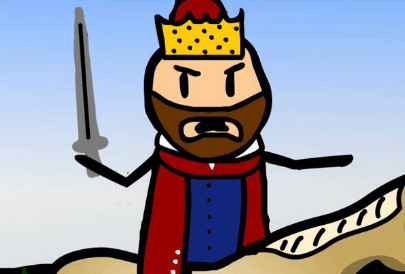
The drawing ‘Zxujxkkyxaa= Charlemagne’ serves as a compelling visual narrative that encapsulates the complexities of power and authority in the early Middle Ages. Through its intricate symbolism and artistic techniques, the piece invites a critical examination of not only Charlemagne’s reign but also the broader cultural and social hierarchies of medieval Europe. As we explore the layers of meaning embedded in this artwork, one cannot help but ponder how these elements coalesce to reflect the enduring influence of Charlemagne on contemporary European identity. What insights might emerge from a closer inspection of these artistic choices?
Historical Context of Charlemagne
Charlemagne, a pivotal figure in European history, emerged during the early Middle Ages as a unifying force in a fragmented continent marked by political instability, cultural disintegration, and the remnants of Roman authority.
Charlemagne’s reign not only consolidated territories but also fostered a cultural influence that revived learning and arts, laying the foundation for the Renaissance and shaping the identity of medieval Europe.
See also: Dress:V5tc4yramw8= Fashion
Artistic Techniques and Styles
During the Carolingian Renaissance, a revival of art and culture, various artistic techniques and styles emerged that reflected the synthesis of classical traditions and emerging medieval aesthetics.
Artists began employing advanced color theory to enhance emotional expression, while meticulous line quality became essential for conveying form and depth.
These innovations not only showcased technical skill but also signified a deeper understanding of visual communication in a transformative era.
Symbolism in the Drawing
In the drawing, various elements serve as potent symbols that reflect the power and authority of Charlemagne, intertwining historical narrative with visual representation.
The depiction of regal insignia and imposing figures encapsulates intricate power dynamics, while the cultural representation of medieval society underscores Charlemagne’s influence.
This interplay invites viewers to contemplate the enduring legacy of authority and freedom in the context of historical progression.
Conclusion
The drawing ‘Zxujxkkyxaa= Charlemagne’ serves as a vibrant tapestry, weaving together the threads of authority and cultural identity during the early Middle Ages.
Through its intricate symbolism and artistic mastery, the artwork not only captures the imposing presence of Charlemagne but also reflects the broader societal structures of the time.
This piece stands as a testament to the enduring legacy of Charlemagne, illuminating the landscape of European history and inviting reflection on the complexities of power and influence.




